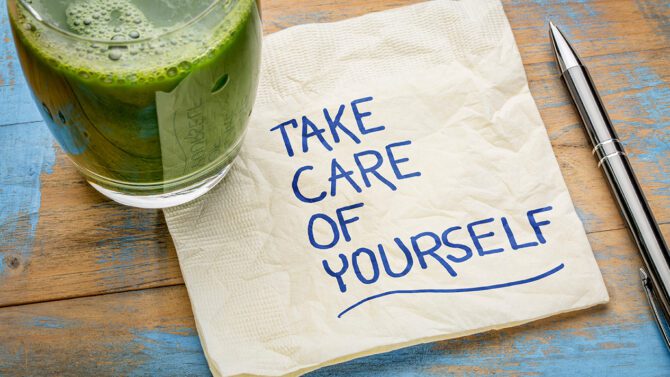
In an increasingly digital world, checks remain a common method of payment for various financial transactions. However, with technological advancements, criminals have found new ways to exploit this payment method. One such method is known as “washed checks”, a form of check fraud that can wreak havoc on your finances. In this article, we will delve into the world of washed checks, exploring what they are, how they work, and most importantly, how to prevent check washing and safeguard your financial security.
What are Washed Checks?
Washed checks, also known as check washing, is a type of financial fraud where criminals alter the information on a legitimate check to their advantage. The process involves removing the ink from the original check using various chemicals and then altering the details like payee name, amount, and signature. This altered check is then presented for payment, often resulting in funds being diverted to the fraudster’s account.
How Does Check Washing Work?
- Check washing typically involves a series of steps that criminals use to manipulate checks. Here’s how it works:
- Acquisition: The fraudster obtains a legitimate check through means such as theft, mailbox pilfering, or purchasing stolen items that come with checks.
- Chemical Treatment: The criminal uses various chemicals like acetone to erase the ink from the check while leaving the paper intact.
- Alteration: Once the ink is removed, the criminal alters the details on the check, changing the payee’s name, altering the amount, and sometimes even changing the check number.
- Drying and Reuse: After altering the check, it is dried, and the fraudster can then reuse it for their benefit, depositing it into their own account.
How to Prevent Check Washing
Protecting yourself from check washing requires a combination of vigilance, secure practices, and some technological aids. Here are effective ways to prevent check washing:
- Use Secure Checks: Opt for checks with security features that are resistant to alteration. These might include chemically reactive paper, microprinting, and watermarks that make it difficult for criminals to tamper with the check’s information.
- Employ Gel Ink Pens: When writing checks, use gel ink pens. These pens contain pigments that are difficult to erase with chemicals commonly used in check washing. The Uni-ball 207 is a popular fraud prevention gel pen that you can easily find in stores.
- Secure Mailboxes: If you’re mailing checks or receiving them by mail, ensure that your mailbox is secure. Consider using a mailbox with a lock to prevent theft of incoming and outgoing mail.
- Monitor Accounts Regularly: Regularly review your bank and credit card statements for any unauthorized transactions. Promptly reporting any discrepancies to your bank can help mitigate potential losses.
- Store Checks Safely: Keep your checks in a secure location, preferably in a locked drawer or safe to reduce the chances of checks being stolen and manipulated.
- Add Security Patches: Some office supply stores offer security patches that can be applied over the payee line and amount box on checks. These patches make it difficult for alterations to be made.
Detecting Washed Checks
Despite preventive measures, it’s possible that you might encounter a washed check. Here’s how to detect them:
- Faded Ink: If the ink on the check appears faded or slightly smudged, it might be an indication of tampering.
- Altered Lines: Examine the check closely for signs of tampering. Look for irregularities in the handwriting, as well as any signs that the information has been altered.
- Check Numbers: Check if the check number seems out of sequence compared to your other checks. Criminals might alter the check number to avoid suspicion.
Reporting Washed Checks
If you suspect that a check has been washed or altered, take immediate action:
- Contact Your Bank: Inform your bank about the situation, providing them with all relevant details. They can advise you on how to proceed and might initiate an investigation. Use the search tool at HelpWithMyBank.gov to find the appropriate regulators and contact information for a specific bank or credit union.
- File a Police Report: If you believe you’ve been a victim of check washing, file a police report. This can be helpful for legal purposes and might aid in the investigation.
- Report the Scam: If you suspect a check scam, report it to https://ftc.gov/complaint or https://reportfraud.ftc.gov.
- Keep Evidence: Make copies of the altered check and any other related documents. These can be crucial for proving your case and assisting law enforcement.
- Monitor Your Credit: It wouldn’t hurt to keep a closer eye on your credit in case your identity was compromised. Experian offers a credit monitoring service for free. If anything looks suspicious or you want to be cautious, you can place a fraud alert with any of the three credit bureaus – Experian, Equifax or TransUnion.
While checks continue to be a convenient and a widely used form of payment, it’s essential to be aware of the potential risks associated with washed checks. By understanding how check washing works and implementing preventive measures such as using secure checks, gel ink pens, and secure mailboxes, you can significantly reduce your vulnerability to this form of fraud. Please feel free to reach out to your advisor if you notice any suspicious activity on your accounts. Additionally, we would be happy to send you a fraud prevention gel pen as a preventative measure.
Regularly monitoring your financial accounts and promptly reporting any suspicious activity are integral to maintaining your financial security. Remember, staying informed and vigilant is the key to protecting yourself from the ever-evolving landscape of financial fraud.



